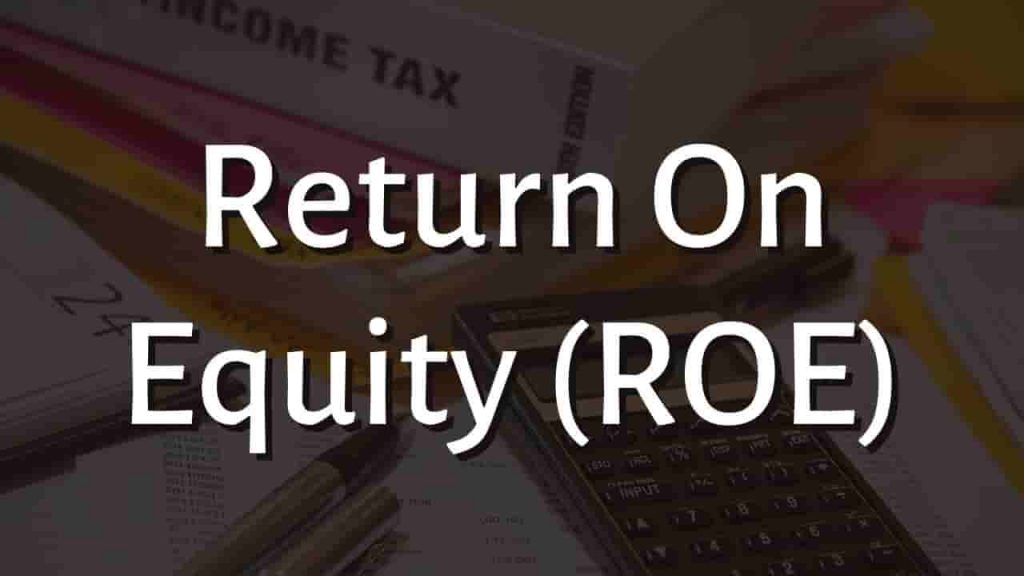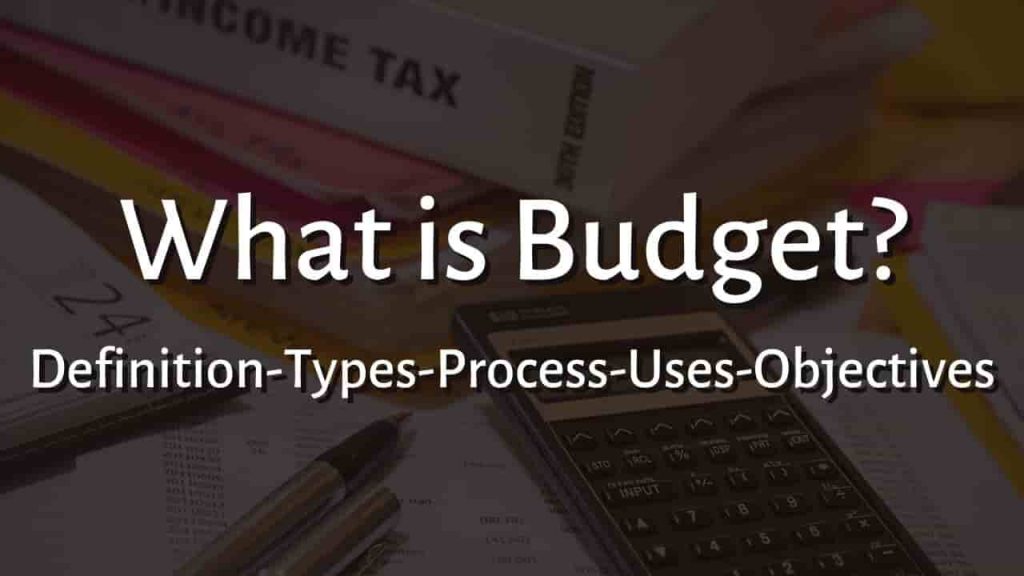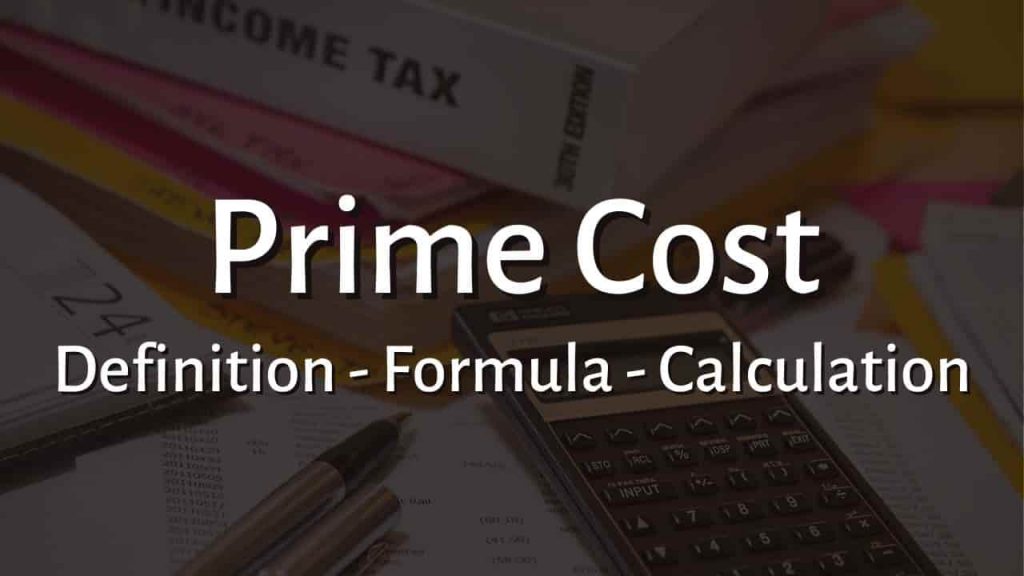What is Return On Equity – ROE
Return on equity is a percentage calculation of your company’s net income divided by shareholder equity. In other words, it shows how much net (after-tax) income you’ve received relative to shareholder equity.
This is an excellent technique to assess the efficiency with which your company can utilize assets to generate revenues.
ROE is an important indicator for public firms because it provides a straightforward metric for demonstrating how they employ investor cash to achieve earnings growth.
ROE is also commonly used to set executive compensation objectives since it incentivizes management to achieve profit growth.
Formula For Return On Equity
The formula for calculating the return on equity (ROE) measure is simple: divide net income by the average shareholders’ equity for the given period.
Return on Equity (ROE) = Net Income / Shareholders’ Equity
Net Income: Also known as “net earnings,” net income reflects the company’s post-tax profits and may be found at the bottom of the income statement, thus the term “bottom line.”
Shareholders’ Equity: shareholders’ equity is one of the three primary components of the balance sheet.
Shareholders’ equity is the value that owners or shareholders would get if the firm were to liquidate its assets minus its liabilities. If a corporation issues both preferred and common shares, only the common stock investment is considered for ROE.
Calculate the Return On Equity
The most basic formula for determining ROE is to divide net earnings from a given period by shareholder equity.
Return on Equity (ROE) = Net Income / Shareholders’ Equity
Assume ABC earned net earnings of $35,500,000 during the fiscal year. The average stockholders’ equity at the time was $578,000,000.
To calculate ABC’s return on equity, divide $35.5 million by $578 million, obtaining 0.0614. When you multiply 0.0614 by 100 and convert it to a percentage, you get 6.14%. This indicates that the corporation earns 6.14 cents in net income for every dollar of shareholder equity.
Return On Equity Interpretation
The return on equity (ROE) statistic gives essential information about how current and new stock invested in the firm is being used efficiently.
- The greater the ROE, the more the corporation earns in net profits from equity investors’ proceeds.
- If a company’s ROE continually rises over time, it’s a good indicator that management is producing more positive value for shareholders.
It should be noted that the net income value should be calculated prior to the payment of dividends to common shareholders since these payments have an influence on the return to common equity owners.
Meanwhile, preferred dividends, which are treated as debt, should be subtracted from net income.
Why Return On Equity is Important?
Return on equity gives you insight into your company’s profitability for both owners and investors. In a nutshell, it helps investors understand whether they’re getting a fair return on their investment, and it’s also a wonderful tool to assess how effectively your organization can use the firm’s equity.
Furthermore, the return on equity method may be used to forecast your company’s long-term growth rates.
Limitation Of ROE
The return on equity formula has a number of disadvantages. To begin, the calculation only works if your company has positive net income and shareholder equity data. If these figures are negative (i.e., as a consequence of a net loss), you won’t be able to utilize a return on equity to analyze your firm or compare it to rivals.
It’s also worth noting that the composition of the return on equity formula varies slightly. EBIT or EBITDA may be used in place of net income in some cases. Furthermore, some return on equity ratios incorporate intangible assets with shareholder stock, whilst others do not.
Because of these differences, using return on equity to compare your company to others becomes more difficult.
Return On Equity (ROE) Vs Return On Assets (ROA)
The return on equity (ROE) shows investors how much income a firm makes per dollar of shareholder stock. (ROA) indicates how much of a company’s earnings are generated by fixed investments such as property and equipment.
Return on equity is frequently used in conjunction with return on assets, which is a calculation of a company’s net profit divided by total assets. If this seems similar to ROE, it’s because the formulae are almost identical except that ROE takes debt into account when determining how effectively a firm earns profits.
When combined, ROE and ROA can help you estimate how successfully a firm manages its debt. For example, while ROE will nearly always be greater than ROA when a firm incurs debt, a large gap may indicate that the company is not making appropriate use of its borrowed cash. This might cause problems for a corporation in the future.
How Much Return On Equity is Good?
To establish whether your firm has a decent return on equity, compare it to industry standards and similar companies in your sector. Companies in the utility business often have a substantial amount of assets and debt on their balance sheets, therefore a return on equity of approximately 10% is normal.
Technology businesses, on the other hand, are likely to have a substantially greater return on equity, probably above 18 percent.
Although high return on equity ratios are nearly always favorable, in some situations, a high return on equity might suggest possible difficulties with the financial sustainability of the organization.
It might, for example, imply that your company has an excessive amount of debt as a result of too aggressive borrowing.
Is it Possible to have a Negative Return On Equity?
If a corporation declares a loss in net income, ROE might be negative. In exceptional situations, book value can go below zero if liabilities exceed assets, indicating an insolvent corporation.
For more click here and if you are looking for full forms of different acronyms and words then check out this list you really gonna find this helpful. We also have an Essay on every topic, Check the complete list here. If you are Studying in Matric Free Video Lectures of Maths, Physics and English are here, and we have got you covered for I.COM Business Maths also.







